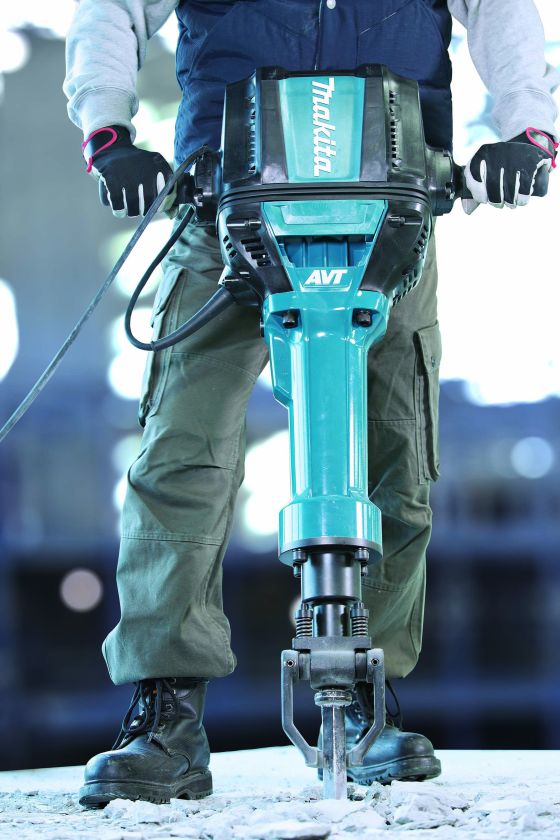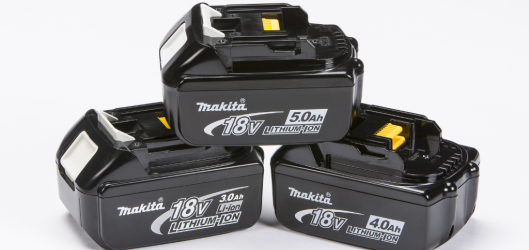
Makita UK is celebrating 45 years in the British professional power tool market this year. The company, one of the market leaders, has seen some core changes over nearly half a century and gives Torque its perspective on the shift to cordless…
In 1972 nearly every tool in Makita UK’s inventory was mains powered with just a couple of lightweight drills featuring the long, pencil Ni Cad batteries that could easily be damaged by incorrect charging.
Jump ahead 45 years and today it’s very much 60/40 in favour of cordless machines. At the heavier end of the spectrum, say from a rotary hammer drill with 2.5 joules of impact energy up to the mighty HM1812 AVT™ electric breaker with more than 72 joules, mains power source is essentially required. With many Makita machines being available in both 240v and 110v mode all site application regulations can be safely met.
Portable power
The core elements to the growth of the cordless machines are actually two-fold. One, battery technology has advanced hand over fist and two, innovation and design development has significantly accelerated to offer machines that get ever more compact and lighter, but deliver enormous amounts of power previously only obtained from AC motors and mains power. As an example the Makita DTD170 impact driver powered by the 18v Brushless motor generates a massive 175Nm of torque. To put this in context you need just 70Nm or torque to tighten the wheel nut on a Ford
Transit van correctly! This tool has four speeds, two additional operating modes, delivers up to 3,800 impacts per minute, but weighs just 1.5kgs. Impressive?

Batteries have advanced dramatically, from Ni Cad through Nickel Metal Hydride to the Lithium-Ion platform that has brought fast charging and any-time recharge, extended runtime and battery longevity even with continuous charge cycles. Since Makita heralded the Li-Ion introduction in 2005 with 3.0Ah cells, further runtime has been achieved with 4.0Ah and now 5.0Ah batteries. Smart chargers have also advanced to maximise the cell performance by interfacing with battery memory and delivering the correct charge sequence to prolong the working life of the battery.
Certainly these twin advances has been the driver for the growth of the cordless market. If you can get a nimble, lightweight machine, without the hassle of power leads, and still be capable of driving home giant fixings into concrete, why would you consider anything else? But there is also the operator-factor at play here too. On-site performance demands have had to be met. How many fixings will the machine deliver reliably and how many can you get done with a fully charged battery? Makita’s success in the market place means these results have proved money earning success.
"Cordless will continue to replace mains powered tools"
Makita believes that this evolution will continue, with more cordless machines taking the place of mains powered tools. The latest 36v machines – powered by two of the millions of 18v Makita Li-ion batteries in circulation – will meet the operators’ demands for performance but with the benefit of cordless convenience.
“There will always be some mains powered machines in the heavy work sectors,” says Kevin Brannigan, Marketing Manager, Makita UK, “but with so many highly efficient construction tools, landscape maintenance equipment and even back-pack vacuums for the commercial and industrial sector, cordless tools are proving to be highly efficient, saving time and physical effort, while being sustainable, emissions-free, with low noise and vibration.”
This article originally appeared in the February edition of Torque Magazine. Read the magazine in our archive and subscribe for free here.



